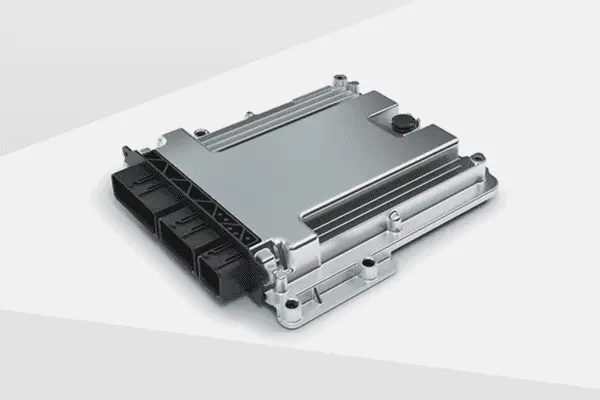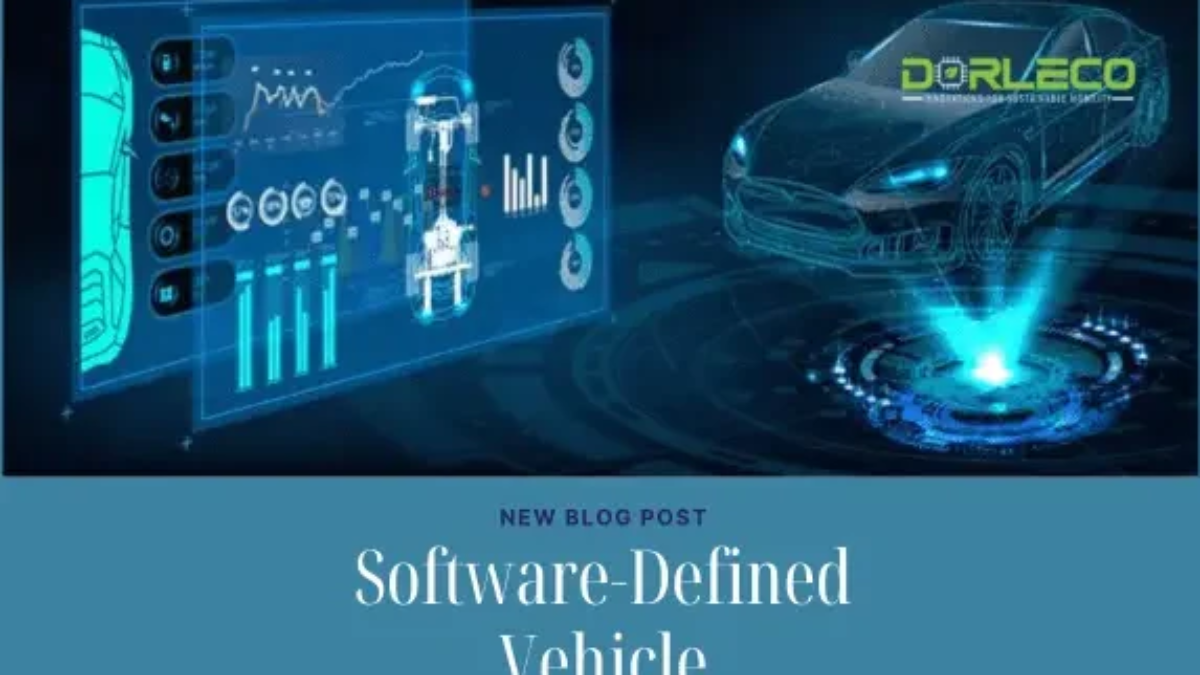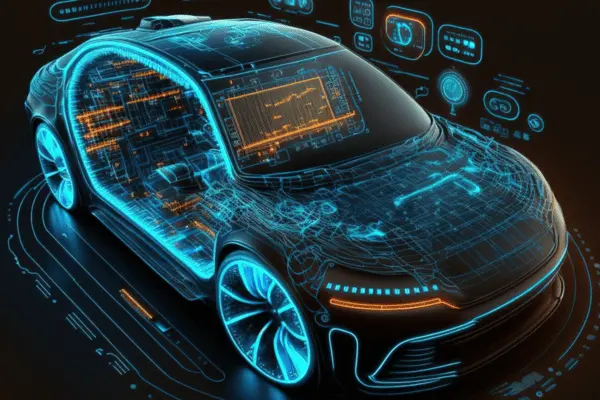Introduction to Software-Defined Vehicle
When it comes to embracing new technologies, the automobile sector has traditionally been at the forefront. It is a standard for innovation and technical progress because of its constantly changing character, which is fueled by shifting consumer expectations. In contrast to other industries, the industry’s capacity to shorten the time it takes for new technologies to reach the market has strengthened its position in recent years and allowed for substantial R&D.
At the core of this evolution is the increasing significance of software in modern cars. Software is now at the forefront of automotive innovation thanks to the development of artificial intelligence, high-speed networking, and digital product engineering. Driving experiences have been redefined by their indispensability in improving performance, safety, and security.
The Megatrends Influencing the Automobile Industry
Thanks to megatrends like connectivity, electrification, autonomous driving, and mobility, the automobile sector is poised for revolutionary upheaval. CASE (Connected, Automated, Shared, Electrified) trends are driving the auto industry toward software-centric strategies.

The convergence of these breakthroughs, each with the potential to be disruptive, ushers in a new era of automotive innovation. This shift underscores the need for a software-driven strategy to stay competitive in a fast-evolving market.
Comprehending Software-Defined Vehicle
When the main force behind functionality and performance is software, people say the vehicle is software-defined (SDV). In contrast to conventional cars, which mostly depend on hardware and mechanical parts, SDVs use software to manage and enhance their systems. The intricacy of contemporary automobiles is a clear indication of this shift. A modern luxury car has 100 million lines of code, surpassing a space shuttle or F-35 fighter’s 25 million.
The shift to software-defined vehicles is driven by VCUs, sensors, cameras, radar, and lidar. By 2030, software will be 40% of a car’s value, up from 10% in 2015, enabling cybersecurity, OTA updates, and ADAS.
There is enormous potential for SDVs. Shortly, a fully driverless car might need more than 300 million lines of code. To meet this issue, automakers and Tier 1 suppliers are collaborating with specialized automotive software providers.
Software-Defined Vehicle revolution
The introduction of software-defined vehicles is being driven by several key factors, including:
- Changing OEM Requirements: To set their products apart from the competition and give customers more value, Original Equipment Manufacturers (OEMs) are putting a greater focus on software-enabled features. The increasing complexity of these criteria is pushing automakers to innovate and deliver.
- Hardware and Software Standardization: The industry is working to standardize hardware while allowing software developers more latitude to handle the increasing demand for software capabilities. This division makes a more simplified and effective method of designing vehicles possible.
The introduction of SDV has several benefits, such as:
- Updates sent over the air (OTA): SDVs allow OTA updates, which are comparable to software upgrades for smartphones, in contrast to typical recall procedures, which require customers to visit dealerships for updates.
- Personalized Driving Experiences: By gathering and analyzing enormous volumes of data from sensors, VCUs, and actuators, SDVs may give automakers insights specific to each car. This customization increases customer loyalty and happiness.
- New Revenue Streams for OEMs: OEMs can access new revenue streams through subscription-based services, customized features, and enhanced connectivity possibilities by utilizing the data and capabilities of SDVs.
- Better Safety and Security: Software enables real-time monitoring and makes changes possible, guaranteeing that cars run as safely and efficiently as possible. Improved cyber security safeguards against such dangers as well.
- Opportunities and Difficulties: Though switching to SDVs has several advantages, there are drawbacks as well that the sector needs to consider
- Supply Chain and Business Model Modifications: In order to adapt to the move towards software-centric approaches, OEMs and Tier 1 suppliers must reconsider their supply chain partnerships and business models. This could entail implementing agile development techniques and establishing new alliances.
- Upskilling the Workforce: A skilled workforce is necessary for the implementation of cutting-edge software tools and procedures. For their workers to have the requisite knowledge, automakers need to undertake training and development investments.
- Cybersecurity Risks: The greater dependence on software also makes people more susceptible to hackers. To protect cars from these dangers, we need strong security procedures and creative solutions.
- Complexity of Project Management: Careful project management is necessary when creating and implementing new software features. Automakers need to make sure their roadmaps are successful and efficient in delivering value.
Although these challenges exist, numerous opportunities are available. High-security requirements are driving new cybersecurity laws, which will ultimately improve system integrity. OEMs must make strategic choices about whether to collaborate with specialized vendors, outsource particular domains, or build software internally. Every strategy has distinct benefits and fits with various corporate goals.
The Path Ahead

The potential of software-defined vehicles and their capacity to meet the demands of conventional software platforms hold the key to the automobile industry’s future. To fully realize the promise of SDVs, significant technology suppliers and newcomers must work together effectively.
Collaborating with top OEMs and Tier 1 suppliers creates opportunities for up-and-coming automotive software firms like Dorleco to establish themselves. These businesses have the potential to significantly influence how mobility develops in the future by providing all-inclusive software solutions.
Join together with Dorleco
At Dorleco, we specialize in offering cutting-edge software solutions that meet the needs of modern automotive systems. Our knowledge of everything from VCUs and CAN Keypads and CAN Display to cutting-edge EV software services allows us to spur innovation and support our partners’ success in a cutthroat market.
For your future smart car, are you searching for a comprehensive software package? To find out how we can help you realize your idea, send us an email at info@dorleco.com.
Conclusion
With software-defined vehicles reshaping the industry, automakers can enhance driving experiences, improve vehicles, and create new revenue streams. Despite challenges, the automotive industry’s future is bright, driven by software innovation and quality.



